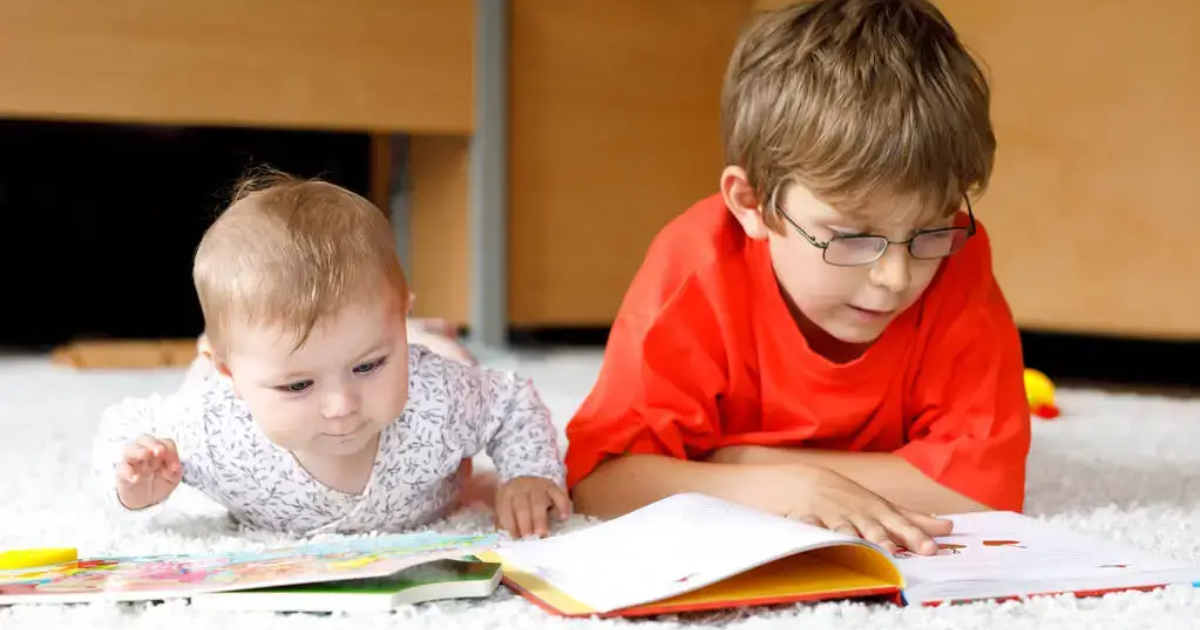
As a parent, it’s natural to wonder: When should I start teaching my child to read?
The truth is, every child develops at their own pace—but there are clear signs that show when your little one is ready to take those first steps toward reading.
Rather than rushing into flashcards and books, it’s helpful to observe your child’s behavior, interests, and communication. If you’re noticing some (or all) of the signs below, it may be the perfect time to start a gentle reading journey.
Does your child point out letters on signs or ask what a letter says? Can they sing the alphabet song or recognize the letters in their name?
If so, you’re off to a great start. Recognizing letter shapes and names shows that they’re starting to build the visual awareness needed for reading.
✅ What to Do Next:
Start introducing letter-sound connections. Use printable alphabet cards, tracing pages, or simple letter games to link each letter with its sound.
If your child enjoys being read to, asks questions about stories, or repeats familiar phrases from books, they’re showing print awareness—a sign that they understand books have structure and meaning.
✅ What to Do Next:
Make reading interactive. Let them turn pages, finish rhymes, or point to words as you read aloud. Choose books with repetitive phrases and clear illustrations.
Phonemic awareness is a critical reading skill. If your child can rhyme words (like “cat” and “hat”), clap out syllables, or recognize the first sound in a word (“Mmm is for Mommy!”), they’re developing the ability to break words into sounds—an essential part of reading.
✅ What to Do Next:
Play sound games! Use printable phonics kits, matching cards, or songs that highlight letter sounds and rhyming words.
If your child enjoys scribbling, drawing letters, or pretending to write notes or stories, that’s a sign of early literacy interest. They’re starting to connect writing and reading as tools for communication.
✅ What to Do Next:
Offer tracing worksheets, letter-writing practice pages, and creative printables like “write your own story” sheets. Keep it light and playful—no pressure!
If your child brings you books, listens closely during storytime, or asks to hear a favorite story over and over, they’re naturally developing an interest in reading.
✅ What to Do Next:
Build a daily reading routine. Use printable early readers with simple words and pictures, or short storybooks designed for first-time readers. Repetition builds confidence.
If your child shows 3 or more of these signs, you can begin introducing short, fun reading activities. Keep things hands-on and consistent with:
Don’t worry about teaching everything at once. Start small and celebrate each win.
Visit LittleReadersp.com for themed reading kits, phonics worksheets, beginner storybooks, and activity packs—perfect for kids ages 2 to 6 who are just starting their reading journey.
Reading doesn’t begin with books—it begins with curiosity, connection, and confidence.
By spotting the early signs and offering playful support, you’re giving your child the tools to fall in love with reading at their own pace.
Remember, it’s not a race—it’s a journey. And you’re doing a great job guiding the way.